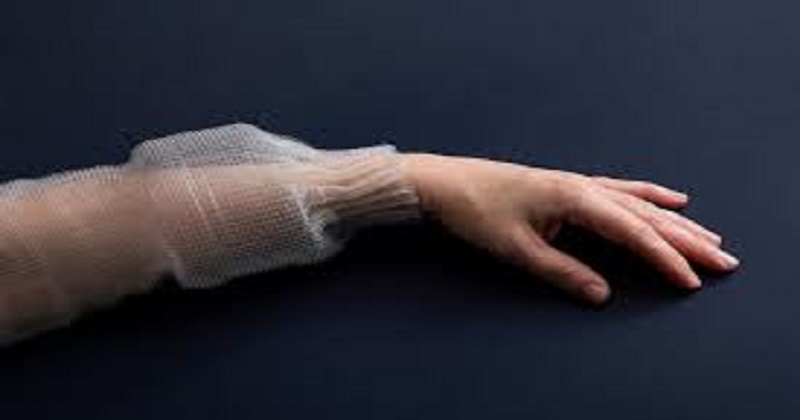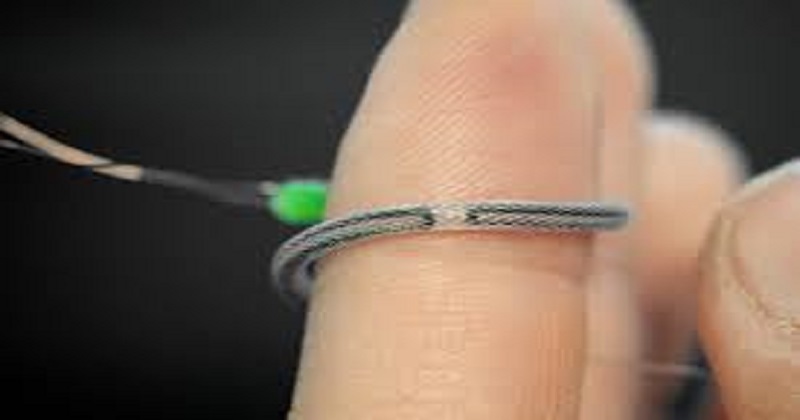
An international team of researchers has developed a new kind of ‘robotic’ fibre that is able to sense and react, can be woven into clothing, and is compatible with human skin. Known as OmniFiber by the researchers, the new textile can provide immediate tactile feedback by stretching, pressing, or vibrating. OmniFiber-like fabrics may be used for clothing that can help patients recover from surgery or diseases and also to train singers and athletes using their haptic feedback mechanism.
Using the fiber, clothes can detect body movements and record them to be played later. This opens up a new frontier in haptic learning for singers and athletes. They can be trained using garments that provide support for better body movement. According to scientists, with the help of OmniFibers, they were able to record a classically trained musician’s expertise in the form of their body movements and then replay the complex movements. Transposing the complex recorded movements to a novice learner’s body was the next step. By using the strain sensors embedded in the fiber hepatic feedback can also be recorded.

Ozgun Kilic Afsar, one of the researchers who developed the fibre, explained that other than capturing knowledge from experts , they also communicate physically to someone who is learning. According to Afsar, she wanted to capture this expertise in a tangible way. Afsar is a research affiliate at the Massachusetts Institute of Technology and a Ph.D. student at KTH Royal Institute of Technology in Sweden. Fibers of this type are narrow in size and use cheap materials, making them easy to structure into any fabric. The outer layer of fabric is made of polyester-like material, making it skin-friendly.
Read more: Chinese employees launch ‘worker lives matter’ campaign over long hours of work
This device is capable of stretching, applying pressure, and vibrating at a maximum speed of 150 mm/s and applying pressure up to 0.5MPa, which is approximate twice the amount of pressure in tap water. The fiber resembles a yarn strand and has five layers, the innermost of which is made of fluid channels that, when activated by a fluidic system, determine the fiber geometry. This research was presented at the Association for Computing Machinery’s User Interface Software and Technology online conference held between October 10 and October 14.

Post Your Comments